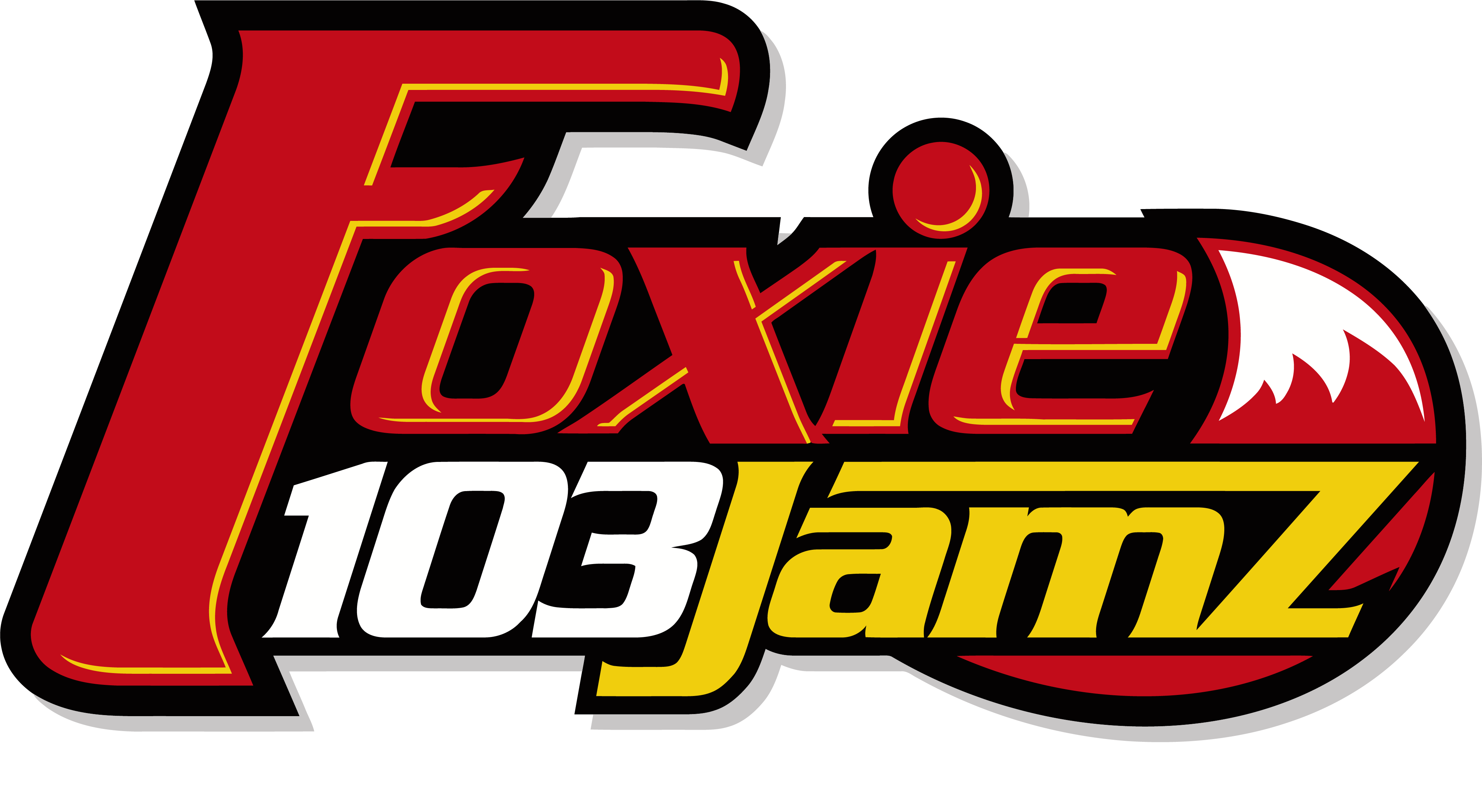‘Parade of planets’ on June 3: Here’s what it will really look like
Written by ABC Audio ALL RIGHTS RESERVED on May 29, 2024

(NEW YORK) — Before skywatchers begin their countdown for the brief planetary alignment expected next month, some astronomical debunking has proved there may be less of a sky show after all.
In the early morning hours of June 3, six planets, including Jupiter, Mercury, Uranus, Mars, Neptune and Saturn will momentarily align on the ecliptic path, however, experts say they will not all be visible from Earth with the naked eye.
“People who plan to rise early and step outside on June 3 expecting to see the bloated disk of Jupiter or the rings of Saturn in a single glance will be, at the very least, quite disappointed,” prominent broadcast meteorologist Joe Rao wrote in a recent debunking column for Space.
The alleged “parade of planets” recently gained social media attention after Star Walk, a planetarium app, shared an article about the alignment, encouraging users to view the planets through its Sky Tonight stargazing tool.
The planetary alignment, or what astronomers call conjunction, according to NASA, will occur across the massive swath of sky in the Northern Hemisphere.
“Mercury, Mars, Jupiter, and Saturn may be spotted with the naked eye, but you’ll need a telescope or high-powered binoculars to see Neptune and Uranus,” Star Walk claimed in an article published on April 25.
Star Walk shared the varying magnitudes of each planet’s projected locations and the expected times they will rise into view on June 3: Late-night onward Saturn (mag 1.1) and Neptune (mag 7.9), before dawn, Mars (mag 1.0), and at dawn, Uranus (mag 5.8), Jupiter (mag -2.0), and Mercury (mag -1.4).
So what is standing in the way of Earth-dwellers’ view of the astronomical occurrence? Rao explains that the planetary positioning with each other and the sun will block most chances of a clear view.
Mercury and Jupiter’s proximity to the sun and location on the east-northeast horizon will likely be “masked by the brilliant glow of morning twilight,” according to Rao. However, he notes those gazing up from a flat horizon without trees or buildings may be able to view both planets through binoculars.
For Uranus — our solar system’s icy, seventh planet from the sun — views on June 3 will only be visible from “very dark, non-light polluted skies,” according to Rao. Similarly to Mercury and Jupiter, Uranus is expected to rise just an hour before the sun and will likely be shielded by the twilight, he notes.
Neptune, the most distant planet from the sun, is far too dim to be viewed from Earth without equipment, according to Rao, who wrote, “no chance of seeing that planet either, unless you have access to a dark sky, a star chart and at the very least a good pair of binoculars or a telescope.”
With increasing chances of a slight view, Saturn is expected to rise from the east-southeast horizon around 2 a.m. ET, according to Rao, however, he notes the “yellowish-white tint” of the distant planet will be slight and the rings of the planet are “invisible unless you’re using a telescope.”
While most of the lore surrounding the “parade of planets” has been debunked, Rao wrote that skywatchers can expect an equipment-free view of Mars on June 3 around 4:00 a.m. ET, which will be shining in a “relatively bright orange light.”
In addition to the Mars spectacle, the moon will be in its waning crescent phase, the eighth and final phase of the moon’s monthly cycle, where the thinnest sliver of the celestial body is in view, according to NASA.
“Early risers will see a lovely waning crescent moon hanging low in the eastern sky,” Rao wrote.
Planetary alignment is not uncommon along the ecliptic path, with the last occurrence seen in the Northern Hemisphere on April 8.
In 2023, the five-planet alignment of Mercury, Jupiter, Venus, Uranus and Mars occurred on March 28.
“You’re worrying that planetary alignments are rare, but honestly, we get one every couple of years,” Bill Cooke, who heads NASA’s Meteoroid Environment Office at the Marshall Space Flight Center, told ABC News’ Good Morning America at the time.
Looking to the future of solar system shows, Cooke suggested at the time that waiting until Sept. 8, 2040, for the rare alignment of Mercury, Jupiter, Venus, Saturn and Mars, will offer the best chances at views.
Copyright © 2024, ABC Audio. All rights reserved.





